Tatami is a traditional flooring material that originated in Japan. Today, living on chairs and tables has become mainstream, and Japanese-style rooms are decreasing from detached houses and apartment complexes, but they are still popular among those who seek relaxation, those who like the scent of tatami, and foreigners living in Japan. New trends are also emerging in using tatami as interior decoration and rugs and expanding the appeal of tatami. This page summarizes the attractiveness, history, and other aspects of tatami.
What is Tatami?
Tatami is a flooring material suited to the Japanese climate and developed uniquely in Japan. The ratio of length to width is made with 2:1. Tatami comprises three parts: Tatami Doko (body), Tatami Omote (surface), and Tatami Beri (edge), and are made of natural rushes and straw. In recent years, discoloration-resistant artificial materials have been used in addition to natural materials. The size of the Tatami varies depending on the region, and the typical sizes are Kyoma, Chukyoma, Edoma, and Danchima. The size of each type varies, but the ratio of length to width remains the same: 2:1. Incidentally, the rushes used in tatami have been proven to purify the air, and the scent of tatami has been proven to have a relaxation effect.
Source: Kumamoto Prefecture Liaison Council for the Revitalization of Igusa and Tatami-omote

The History of Tatami
The origin of tatami dates back to the Jomon to Yayoi periods. Many traces of laying rice straw in the dwellings have been found, suggesting they utilized agricultural products like rugs. Japan’s oldest historical book, “Kojiki”, describes “Sugatatami (made with sedge),” “Leather Tatami,” and “Silk Tatami,” and it is assumed that “Tatami” existed from this period. And the oldest tatami in existence is called “Gosho no tatami,” which was used by Emperor Shomu in the Shosoin at Todaiji Temple in Nara.The Gosho no tatami is a thick mat made of five or six layers of woven straw mats, covered with straw mats made of rush grass on the surface, and trimmed with brocade edge like today’s tatami. These were placed on a wooden stand and side by side as beds.
In the Heian period, when the architectural style of nobility residences changed to the “Shinden-zukuri” style, tatami was placed on the wooden floors as seating and bedding.Shinden-zukuri became widespread, with the ordinary people using mushiro or komo and the nobility using tatami. It was utilized as a tool for seating, sleeping, and entertaining guests and people of high status.The size, thickness, and color of the edges of the tatami differed according to status.
In the Kamakura to Muromachi periods, when the Shoin-zukuri style houses became popular, the “Tatami-shiki style” covered the entire floor and was used instead of the “Itashiki style,” placed partially on the floor.Tatami was used not only as a tool for seating and sleeping but also as an architectural material.Futon, which developed from Tatami, was also born at this time.
From the Momoyama period to the Edo period, tatami spread to ordinary people with Sukiya-zukuri houses, and a hierarchy of masters and artisans emerged among tatami craftspeople. The Sukiya style is characterized by a simple design with a tea ceremony room. From the mid-Edo period onward, with the spread of the tea ceremony room and the tea ceremony, tatami began to spread to the ordinary people. The shogunate purchased tatami, and gradually, tatami magistrates, tatami masters, and tatami shops appeared, and the sight of people drying tatami could be seen everywhere.
Today, regardless of the type of detached house, condominium, or apartment, Japanese-style rooms are decreasing, and Western-style room layouts are increasing. It is thought that the widespread use of chairs and tables has led to a change from tatami to wooden flooring and a decrease in the style of living on tatami. Another reason is that creating a Japanese-style room and laying down tatami requires other components, such as shoji and fusuma, and these components are also costly. However, the cushioning, pleasant texture, easy care, and Japanese atmosphere of tatami are also famous, and a variety of tatami, including those that can be used easily as interior decorations, have been produced and have long-standing popularity.

Effect of Tatami
Sound absorption and sound insulation
Tatami rooms feel calmer than other rooms.
This is not only because it feels visually “calm” but also because the air in the tatami absorbs excess sound.
In addition to its impact-weakening elasticity, this sound-absorbing effect makes a room with tatami always calm, and even if you walk a little roughly, its tremors and footsteps are lessened.

Elasticity
The rush on the surface of the tatami (Tatami-omote) has a spongy structure that holds in the air, creating a soft feel.
There is plenty of air in the Tatami-doko(Tatami body).
This air provides a cushion that is comfortable to lie down and softens the impact of a fall.
Also, the color of tatami is a natural color similar to that of human skin.
Tatami provides a restful tactile and visual experience.

Humidity control
Tatami's advantages of coolness in summer and warmth in winter are created by the rush of the tatami surface and the tatami body.
The rush acts as a sponge to absorb moisture, and the air in the tatami body releases moisture, allowing the tatami to breathe efficiently.
The natural moisture absorption capacity of one tatami is approximately 500ml.
Tatami, which slowly absorbs and expels moisture, is the ideal flooring material for Japan's high temperature and humidity.

Thermal insulation and heat retention
The tatami body, which is about 5 cm thick, is tightly packed with air in its material.
Air has the property of not transferring heat easily.
In other words, tatami is precisely the same as a down comforter, which shuts out cold air and keeps stored heat in.
So it is warm and comfortable.

Relaxation, air purification
The refreshing and nostalgic aroma of tatami is due to rush, and the scent of rush has a pain-relieving effect.
Research by the University of Tokyo’s Faculty of Engineering has also shown that rush can adsorb toxins such as nitrogen dioxide.
Tatami purifies the air while providing the same relaxing effect as forest therapy.

Oki Tatami (Sheet Tatami)
The interior design style incorporating tatami into Western-style rooms is increasing in the modern era.
Oki Tatami (Sheet Tatami)(*1), which is laid on top of wooden flooring rather than covered all over the floor, is gaining popularity to enjoy the benefits of tatami easily even if the layout is not a Japanese-style room.
Some people incorporate the relaxation benefits of tatami into their yoga and zen practices, and they enjoy the benefits of tatami by laying out tatami rugs in place of ordinary rugs.
*1 Oki Tatami (Sheet Tatami)
Oki Tatami refers to tatami that can be placed from one piece in any location in a room.
The most common Oki Tatami form is a square.
In the past, tatami was made from a natural material, “rush,” but Oki Tatami is made from various other materials such as “Japanese paper” and “resin” in addition to rush.
That said, many variations in color and design make it easy to coordinate them to suit your room.
Oki Tatami is thinner than regular tatami, so it looks smart even when placed on wooden flooring.
It is popular because it has cushioning material inside, making it as comfortable to step on as the original tatami.
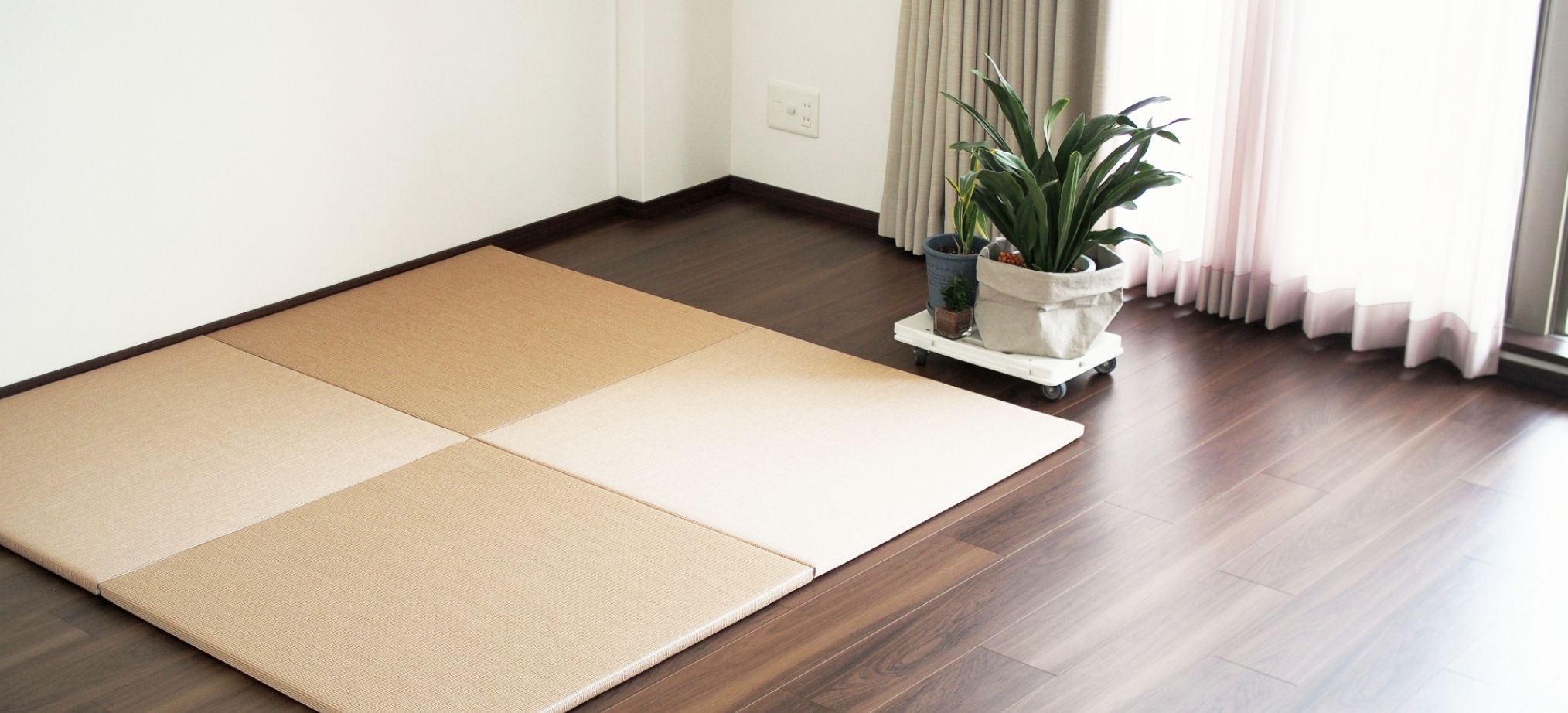
Accessories and interior decoration made from tatami
Why don’t you remove the the notion that tatami is something to be laid out and decorate your room with tatami as an accessory or interior decoration?
You can feel the Japanese atmosphere and Japanese culture without a large-scale redecoration.
Would you like to add a little Japanese accent to your familiar or favorite place?
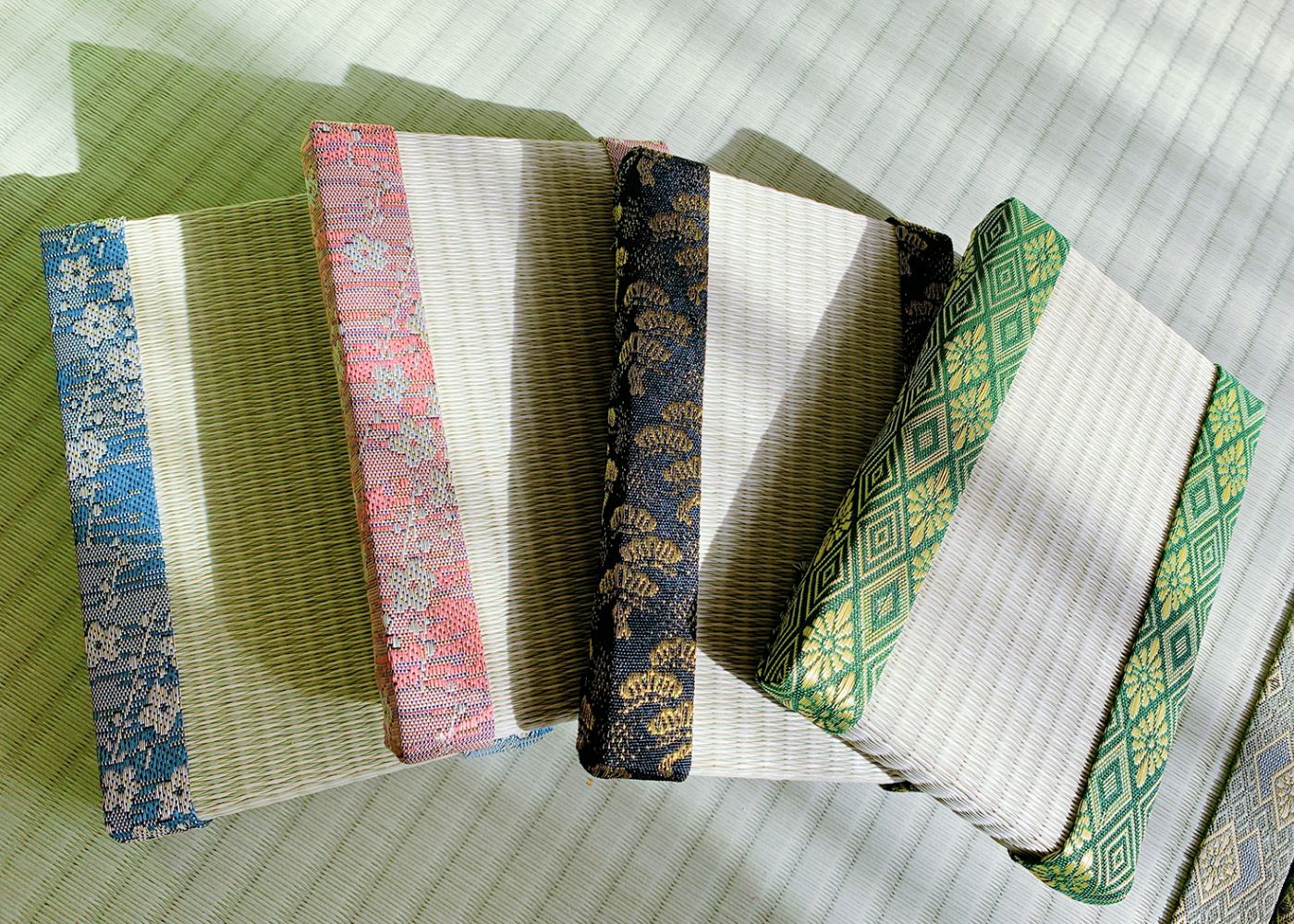
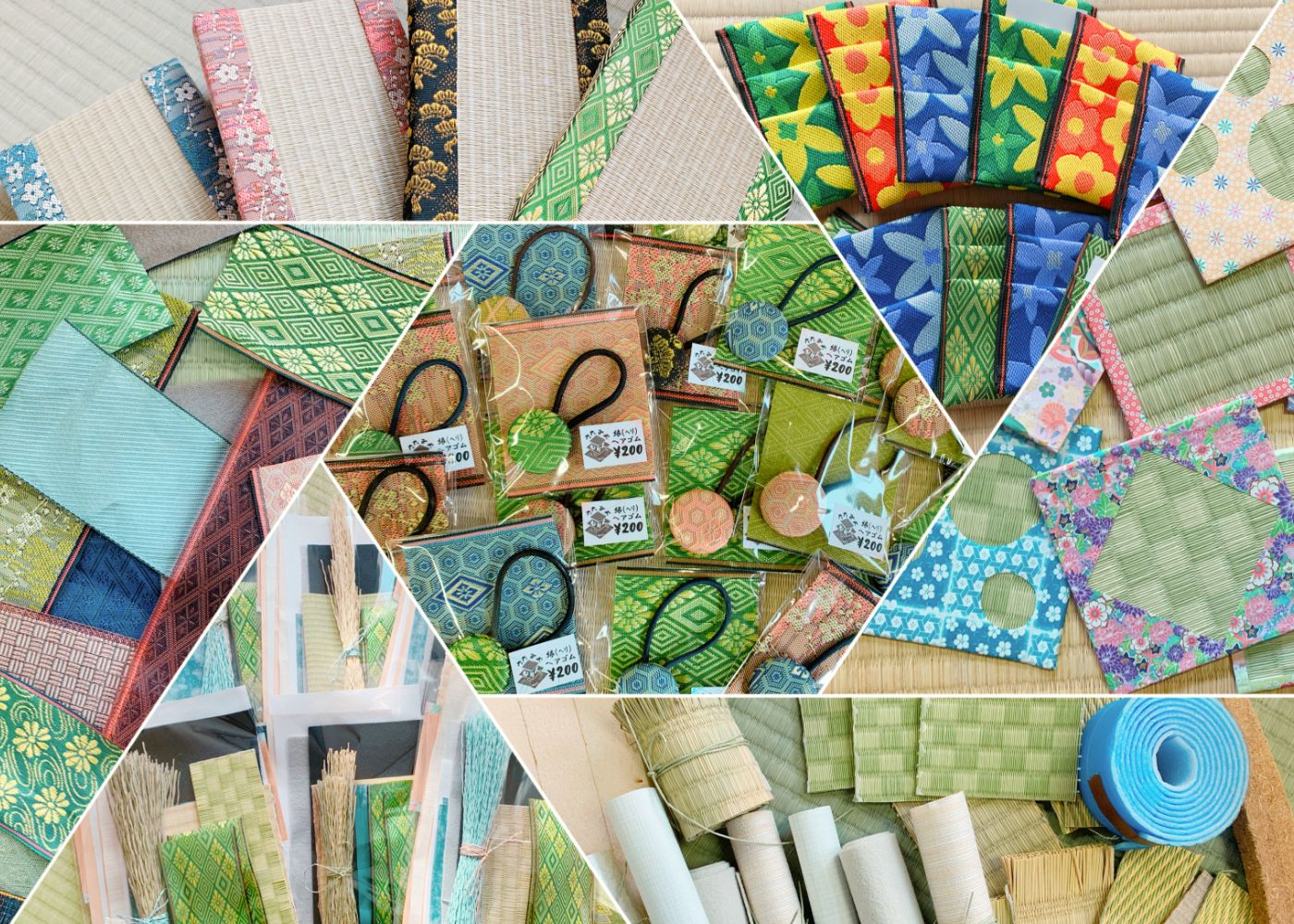
Tours and trial sessions are available.
Takamori Tatami not only sells tatami but also offers factory tours and trial lessons to make accessories.
The number of foreign tour guests has been increasing, and we are happy to be able to create opportunities for them to experience Japanese culture.
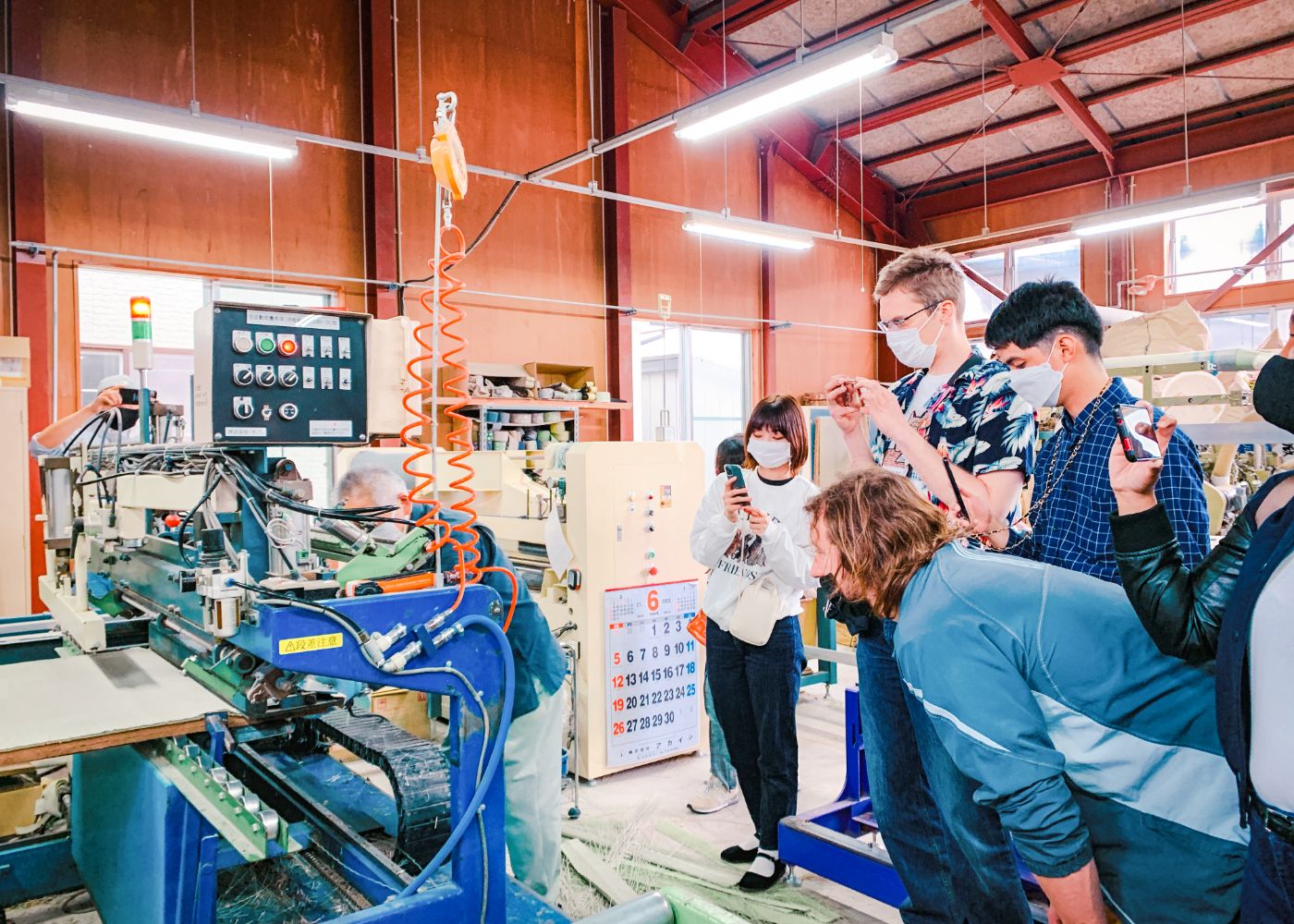
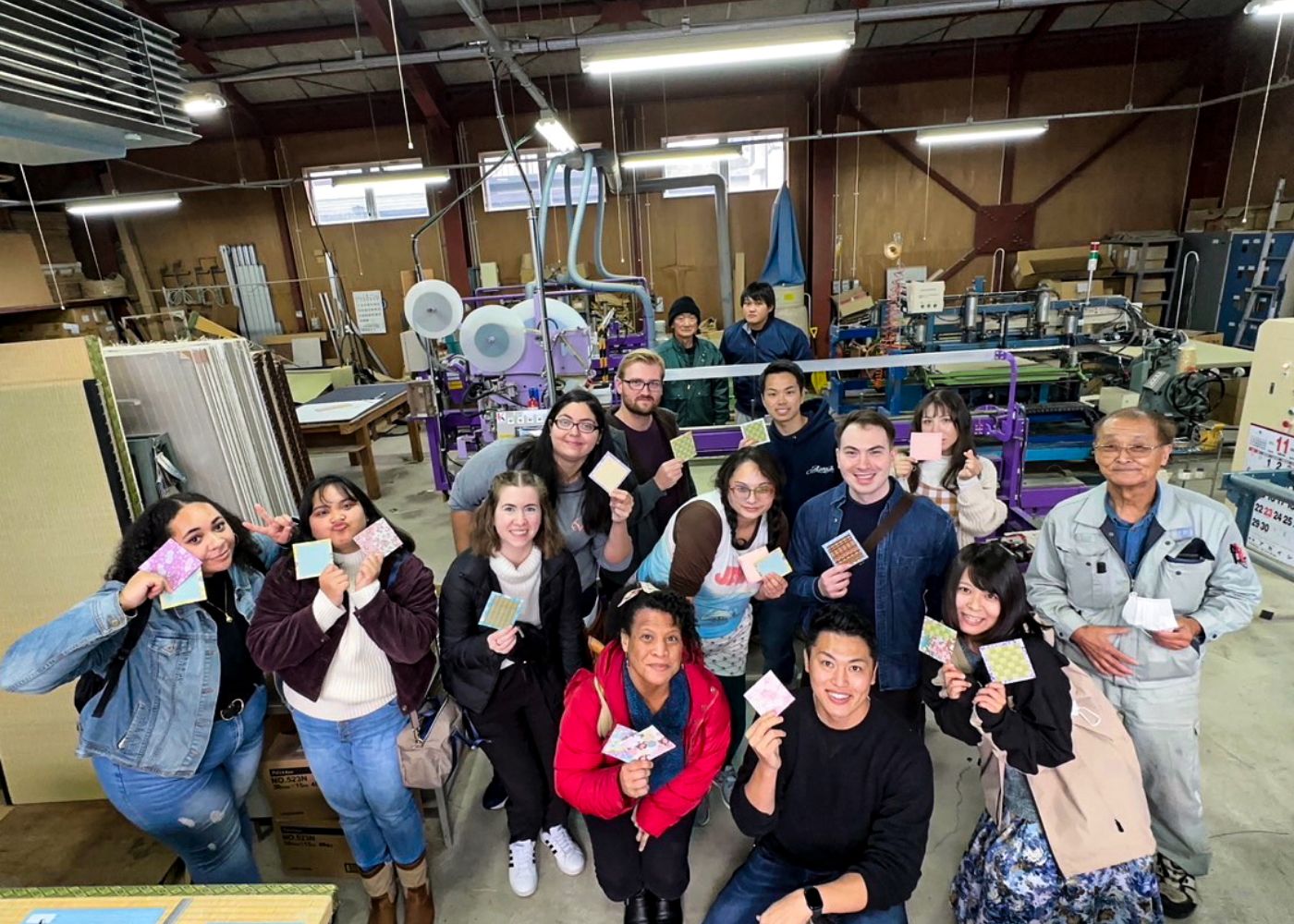
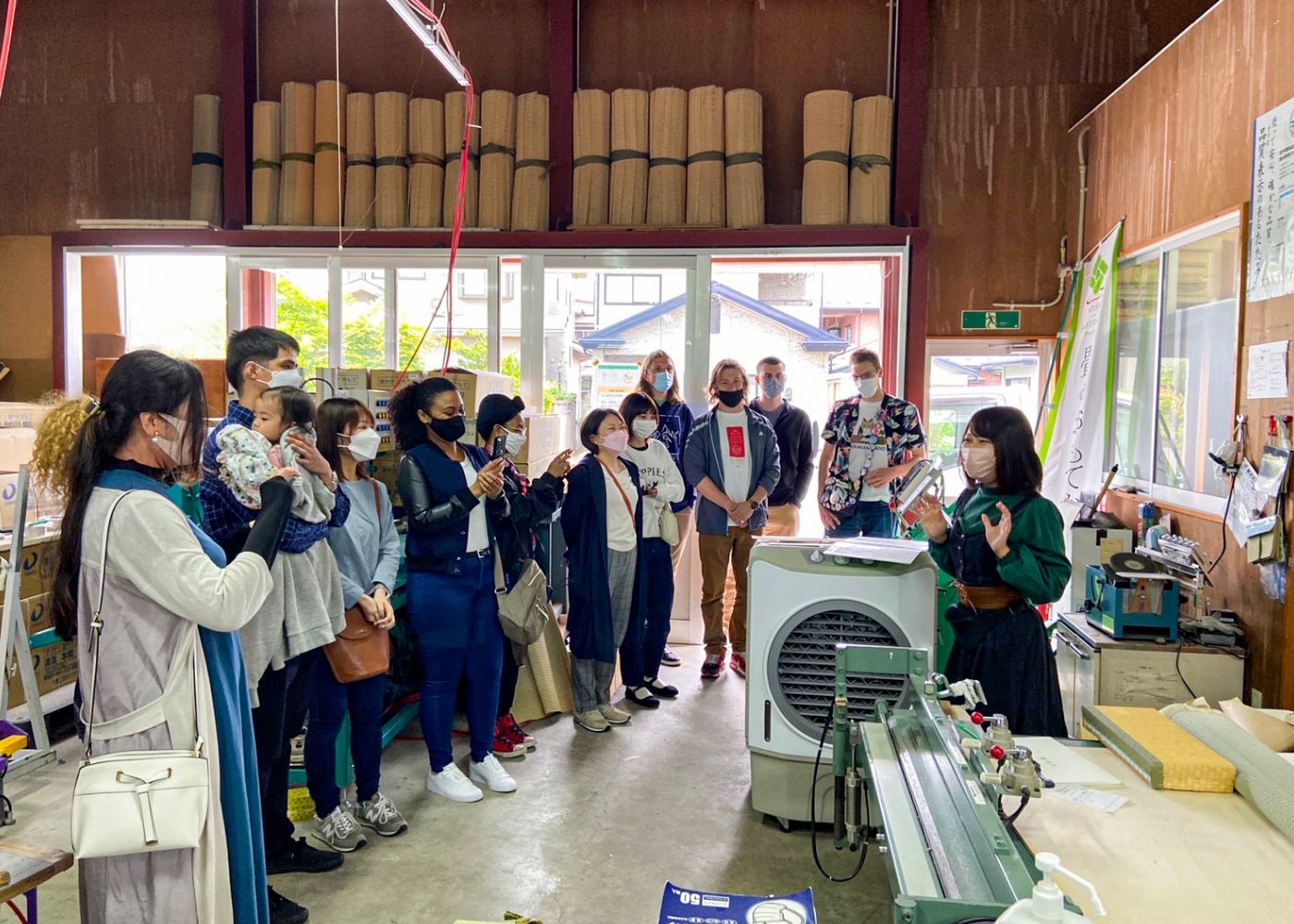
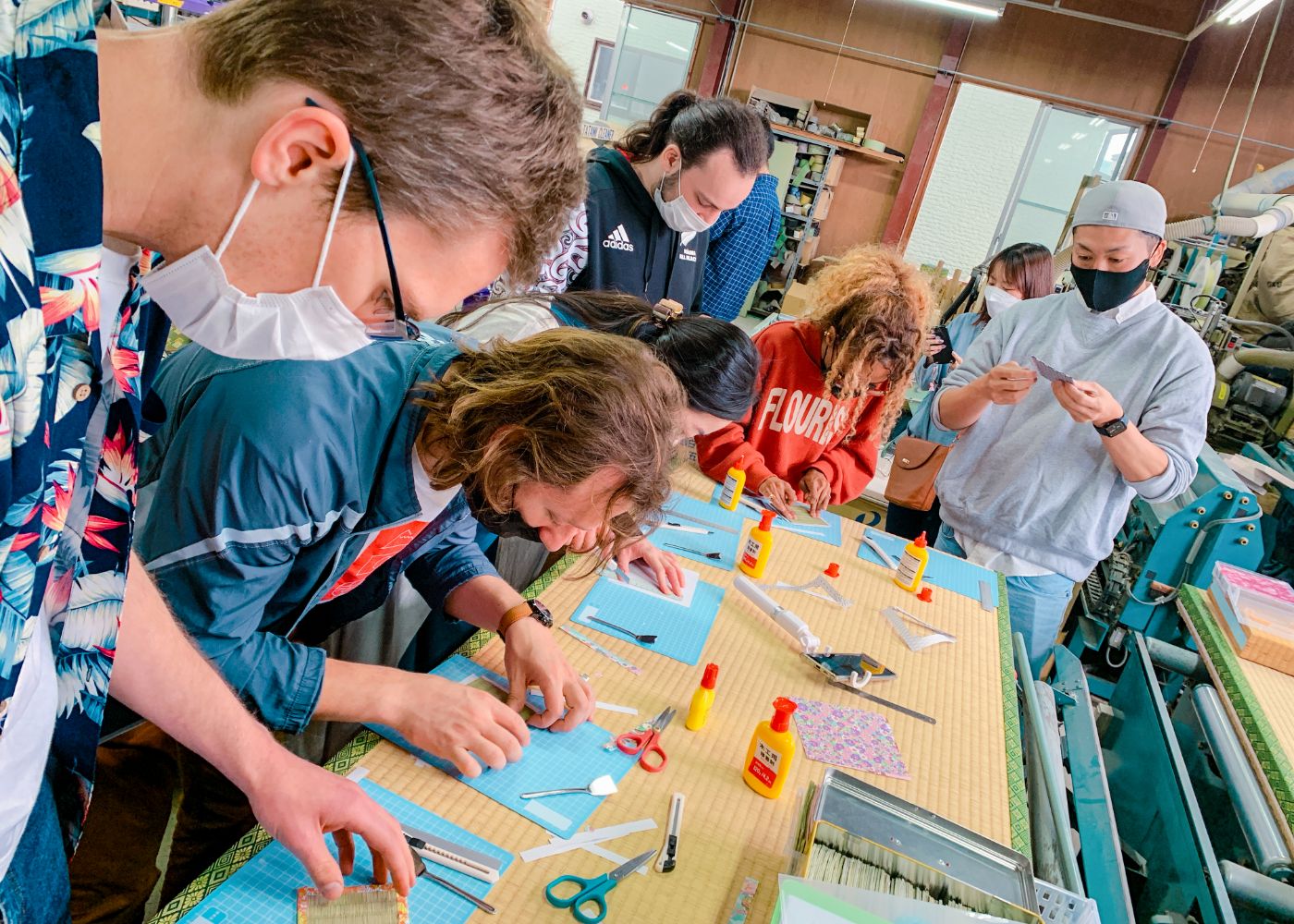
During the tour, you can experience and enjoy the following content.
- 1
Explanation of how tatami is made and basic knowledge of tatami
- 2
Watch the process of making a piece of tatami while operating the machine
- 3
Question time for tatami craftsmen
- 4
Making Tatami coasters
- 5
Purchase of handmade goods using tatami
Please visit our factory and experience tatami.
Reservations are required, so please contact us using the inquiry form for details.
Please contact us with any questions or if you would like to join the tour.
Contact us here

